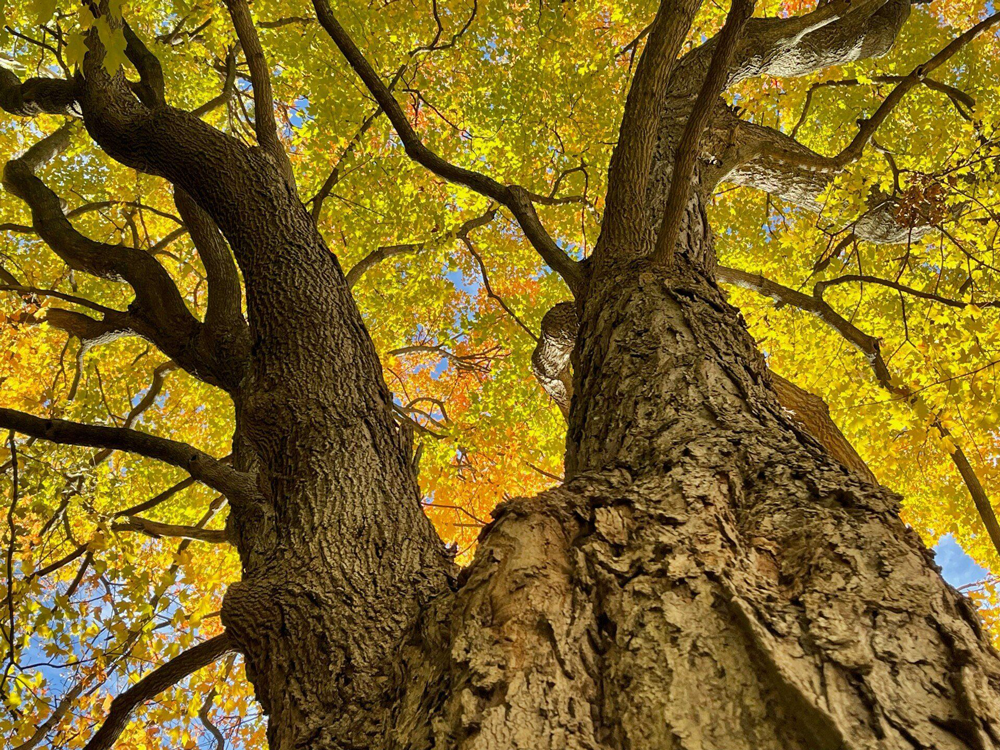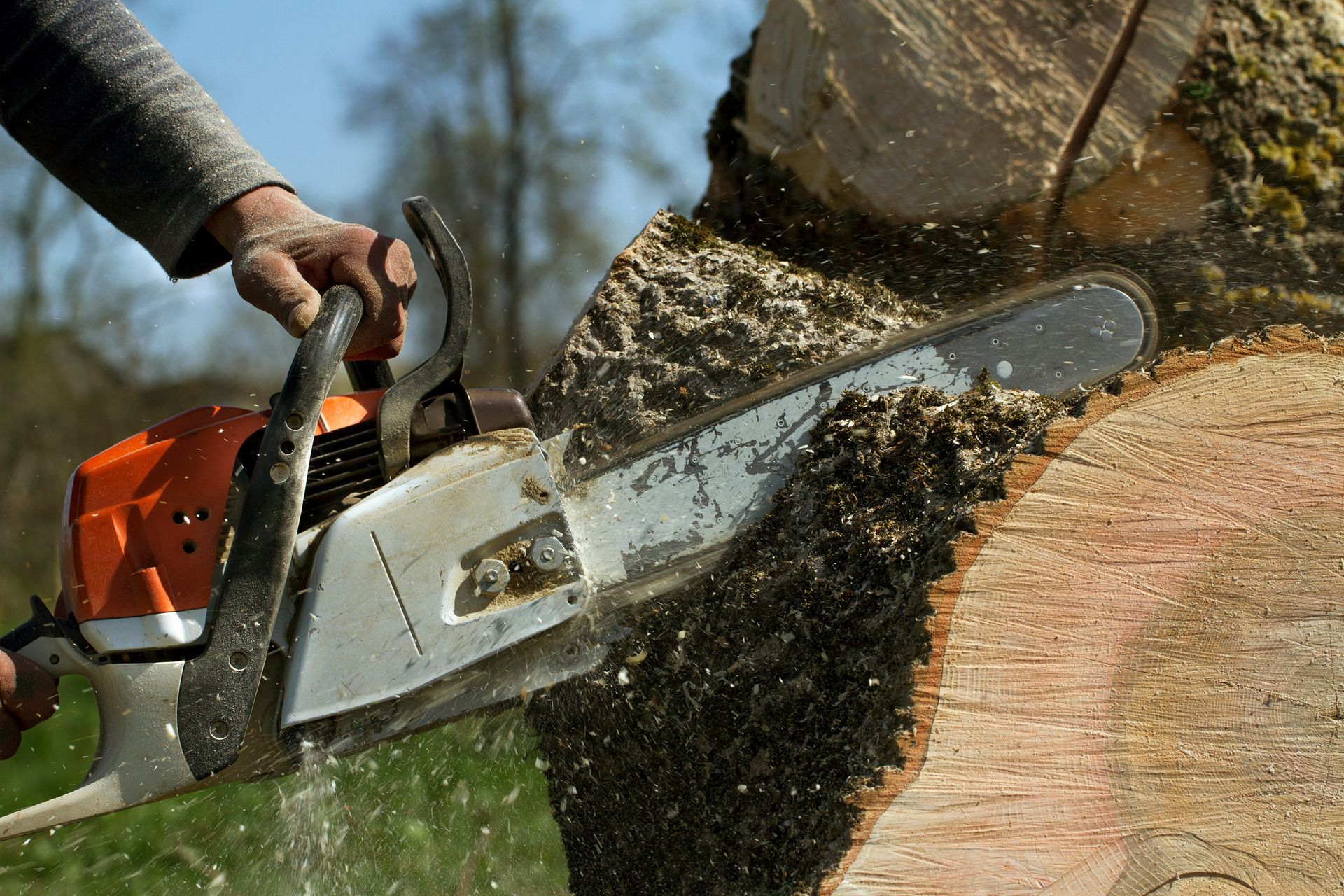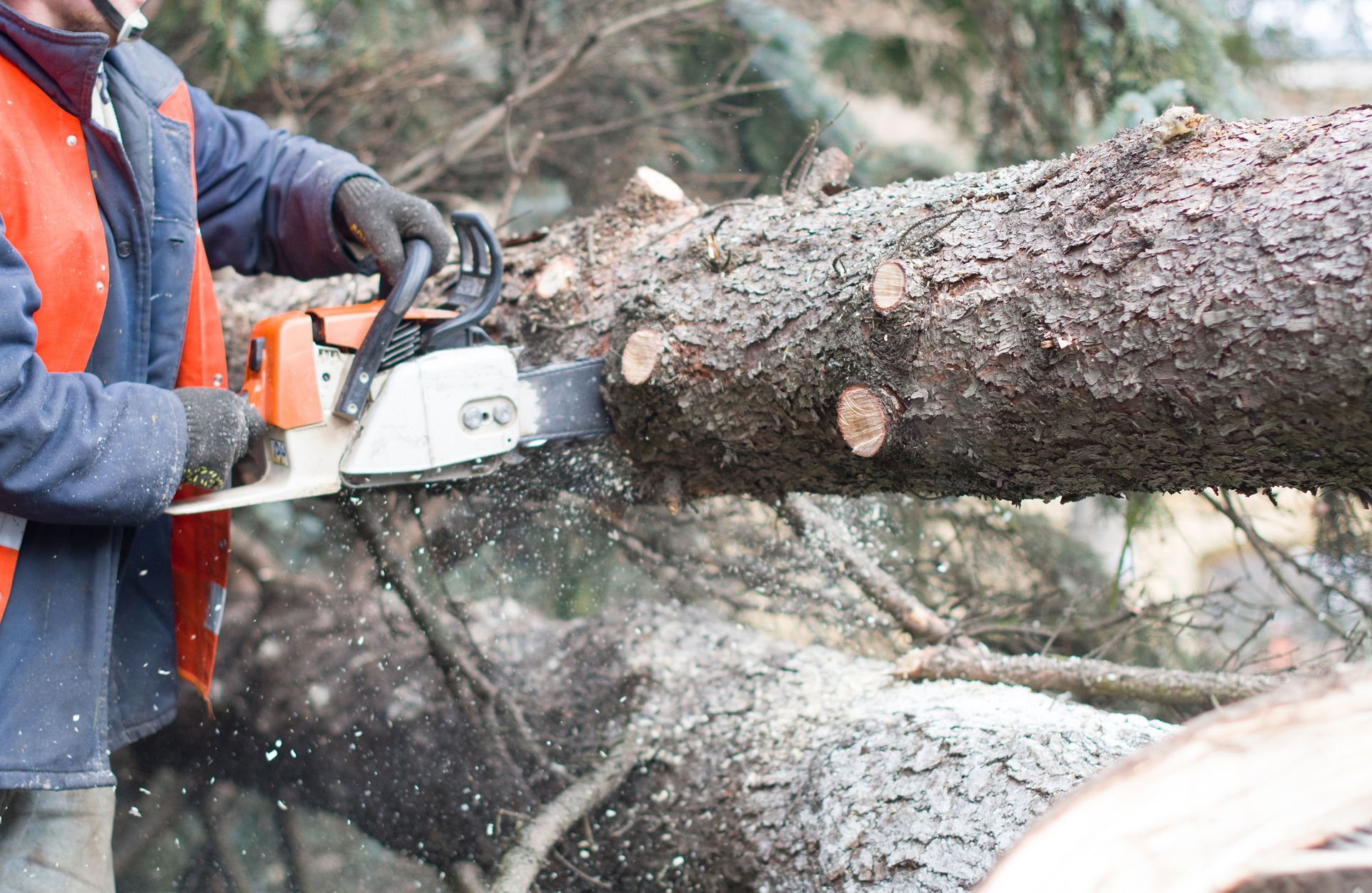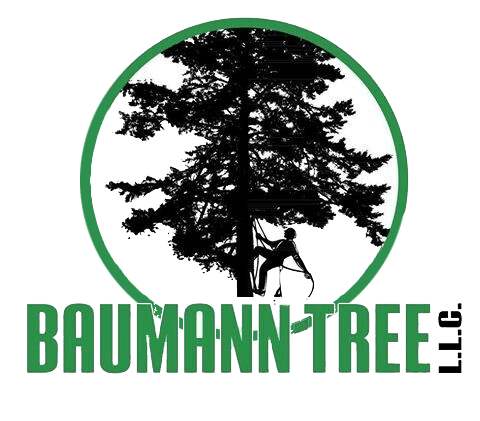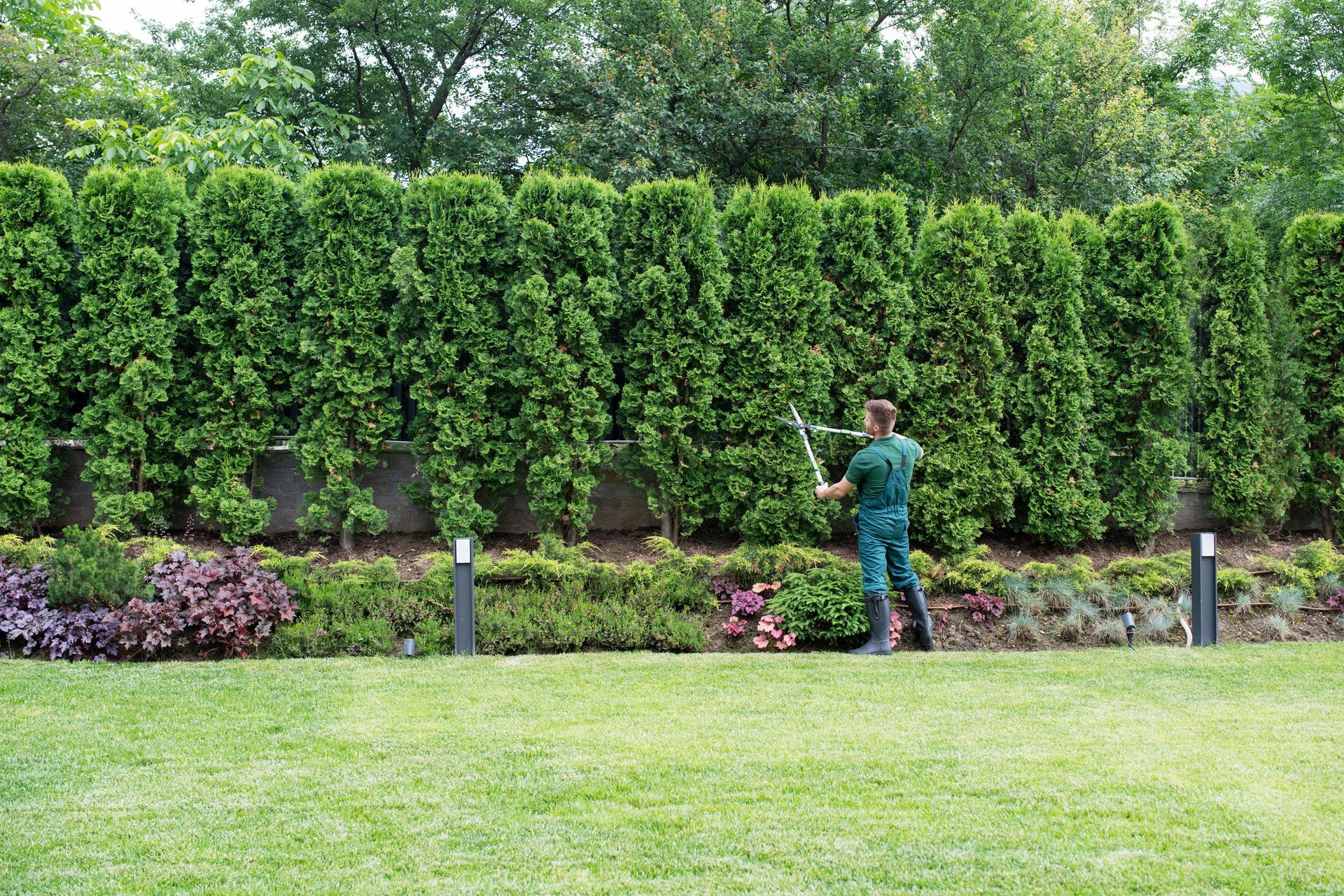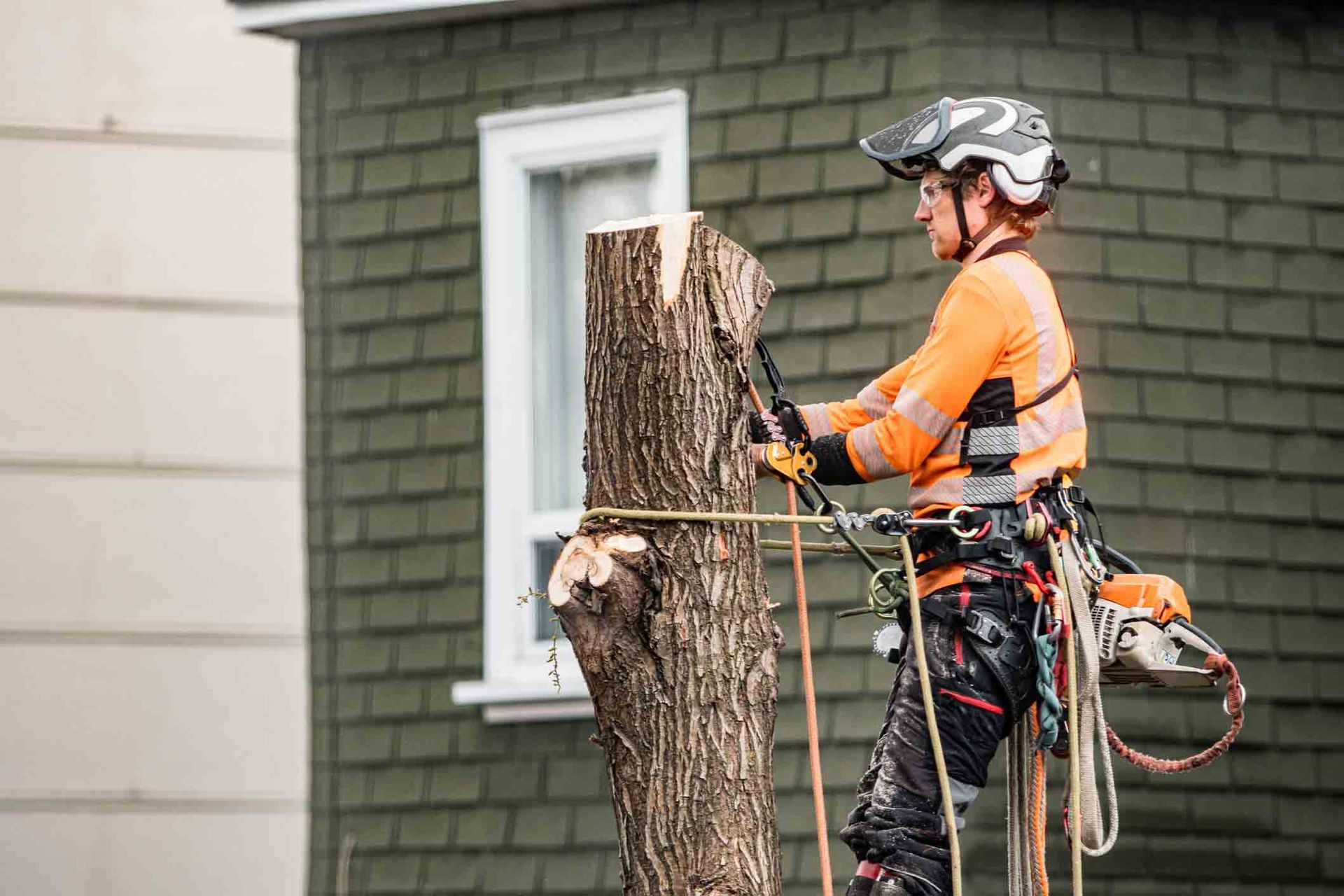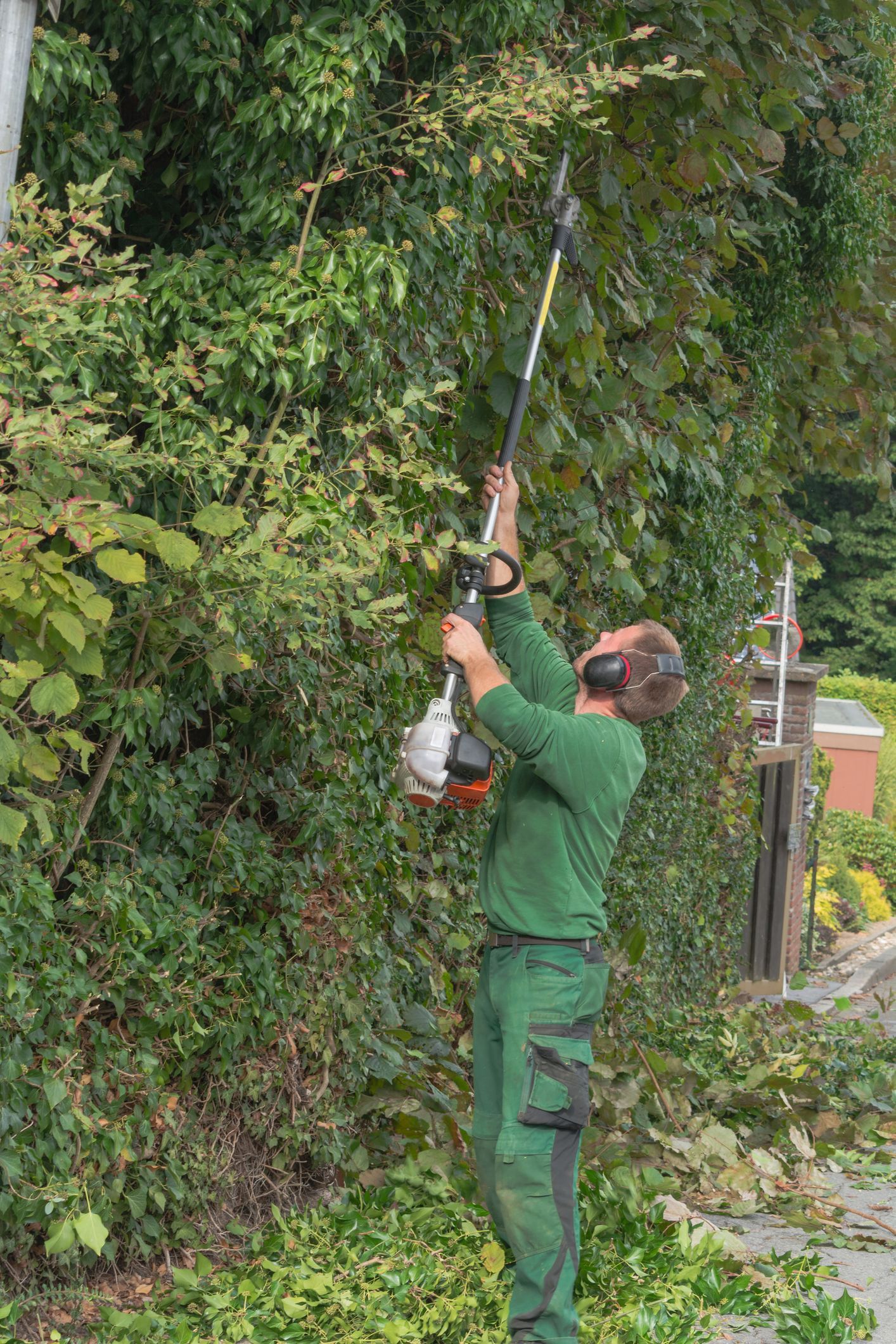Frequently Asked Questions About Dutch Elm Disease
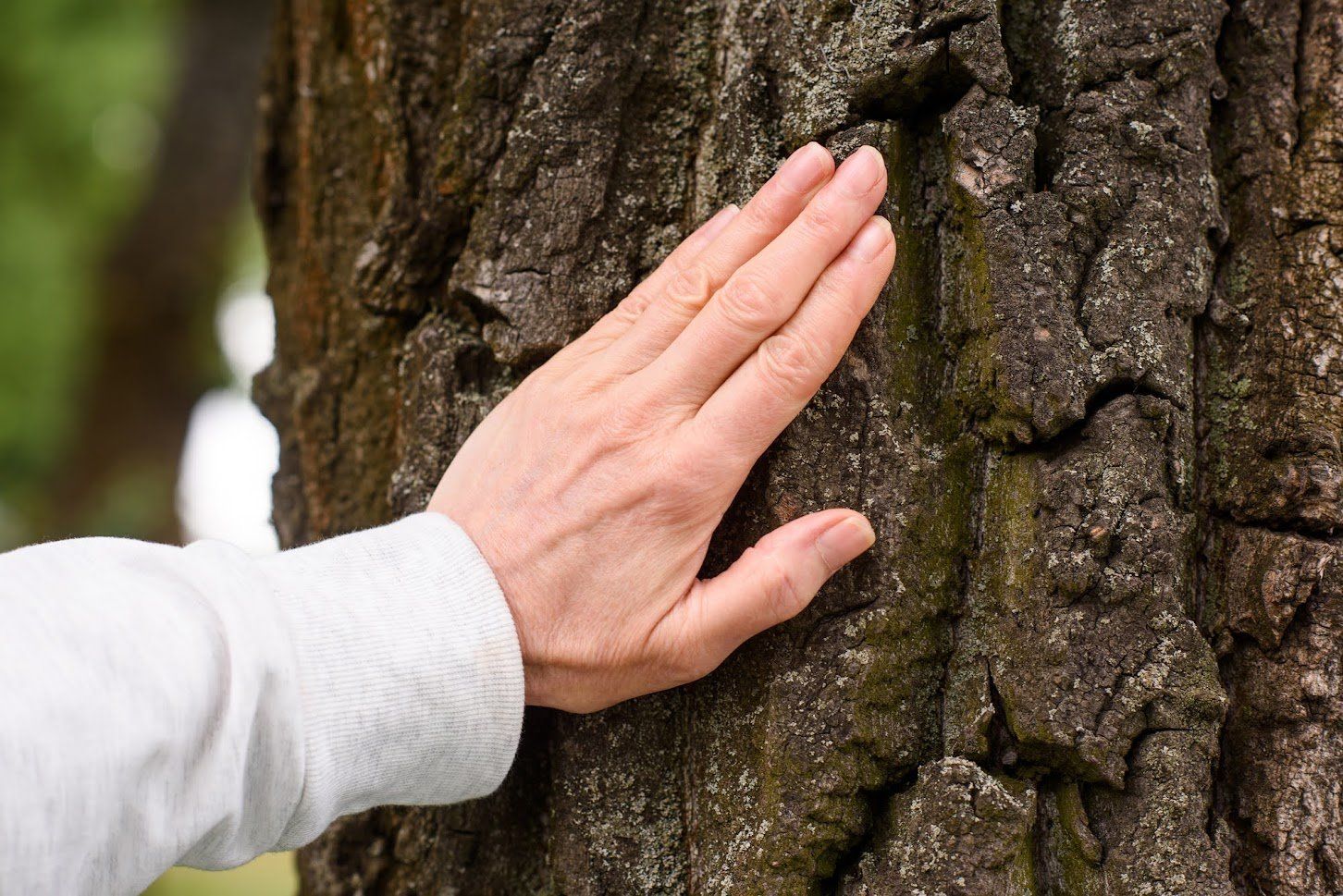
If you cultivate elm trees in Missouri, you need to acquaint yourself with a potentially deadly threat to these majestic trees called Dutch elm disease. The American elm, slippery elm, red elm, and rock elm can all fall prey to this devastating fungal infection, which wilts the trees by infiltrating their water systems.
The more you know about Dutch elm disease, from why it occurs and what it looks like to what kinds of treatment and preventative measures can fight it, the more successfully you can protect your trees against this marauder. Start by examining these frequently asked Dutch elm disease questions.
Why Do Trees Develop Dutch Elm Disease?
Dutch elm disease stems from a fungus called Ceratocystis ulmi. This fungus may pass from the root system of one tree to that of a neighboring tree through infected water. It can also penetrate the wood via elm bark beetles that carry the fungus. Root grafts from an infected elm can infect a healthy one.
As the name suggests, Dutch elm disease made its first appearance in the Netherlands. Not long after its discovery in 1921, logs infected with this fungus found their way to North America, where it spread easily among the roots of American elms planted close together. This rapid spread ruined countless rows of shade trees throughout the U.S.
What Symptoms Indicate Dutch Elm Disease?
An elm tree with Dutch elm disease may not show signs of disease for several weeks. The initial symptoms typically include wilting and yellowing of leaves on one or more isolated branches. The branches may grow discolored beneath the bark as they die, while the yellowed leaves curl up and turn brown.
As the fungus spreads, an increasing number of branches show these telltale signs of the disease. Eventually, the infection will kill the entire tree, even though that process may take several years.
How Can Arborists Treat Dutch Elm Disease?
Unfortunately, arborists can't offer a cure for Dutch elm disease. However, you may save a diseased elm if you apply aggressive treatment while less than five percent of the tree has succumbed to infection. As long as the fungus hasn't gotten into the elm's root system, pruning diseased branches may halt the disease's progress.
Once your tree suffers from advanced Dutch elm disease, engage a professional tree service to remove it altogether so it can't spread the disease to other trees. Don't store or reuse intact logs from an infected elm, since the fungus and its associated beetles will still inhabit the wood. Chip or dispose of them instead.
How Can You Prevent Dutch Elm Disease?
Although no strategy can completely protect elms against Dutch elm disease, smart preventative measures can reduce your tree's risk for infection. One such method involves macro-infusion, the process of injecting fungicides into trees periodically. Ask your arborist whether macro-infusion makes sense for your elm.
Pest control offers another means of protection. Certain insecticides can kill elm bark beetles when injected into infected wood. You may also need to spray the outside of the tree with insecticide from time to time. Ask your arborist about safe, appropriate pest control options for elms.
As noted above, early treatment of Dutch elm disease can make the difference in an infected elm's survival. The earlier you know about an infection, the more effectively you can stop it. Schedule annual inspections so your tree service can catch and treat Dutch elm disease before it spreads from one branch to the whole tree.
Baumann Tree has the expertise and experience to help you safeguard your precious elms against the ravages of Dutch elm disease. Contact us today with any questions, and request a free estimate for Dutch elm disease evaluation, possible treatment measures, or tree removal services.
